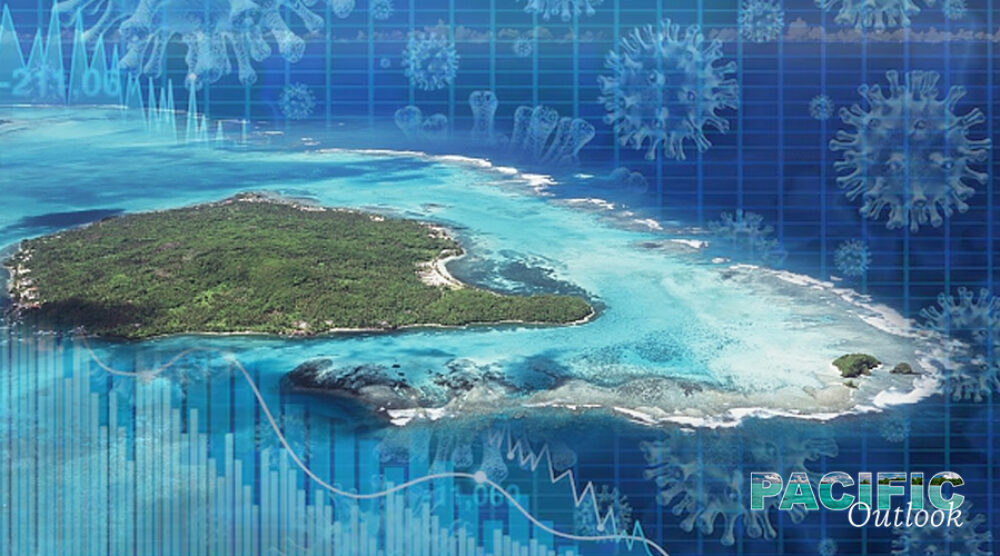The COVID-19 pandemic has hit the globe very hard, especially given the economies were still recovering from the recent shocks of Global Financial Crisis (GFC) and European Debt Crisis. The COVID-19 outbreak spread at an astonishing rate, pushing the world into the third crisis in a row—the great Global Coronavirus Crisis (GCC). This is an exogenous shock and it caught the world off-guard.
Coronaviruses are a large family of viruses that cause illness ranging from common cold to more severe diseases—these are zoonotic, meaning they are transmitted between animals and people. COVID-19 proved to be more contagious, both domestically and globally, compared to the Severe Acute Respiratory Syndrome (SARS) of the early 2000s.
The GCC, inflicted by COVID-19, is likely to have more harmful effects on the socio-economic and financial fabric of the globe than the GFC of 2008-09. Looking retrospectively, the GFC started in the banking/financial sector and then it turned into an economy-wide and a world-wide recession. The GCC is unprecedented and started from the health sector, adding a new dimension to the prevalent waves of global economic uncertainties, and will impede global investment and growth for a long time.
The spread and longevity of lockdown will affect trade, and put the pace of globalisation on hold. Its ripple effects could be serious across many spheres of domestic and global economies, particularly for the health, hotel, travel and service sectors. The industries in these sectors are likely to run on break-even or suffer losses. The stock markets plummeted perceptibly, radiating the shock waves across investors. The situation unavoidably came to the state of global shut-down.
The usual tools of monetary policy (reduction in interest rate) and fiscal policy (stimulus package) were employed to provide demand-driven stimulus to economic growth during the GFC. These tools served the purpose, as the GFC was caused by crises in the banking/financial sector. By contrast, the GCC unprecedently spurted from the health sectorand the speed of its impact has been faster than that of the GFC.
The short-term macro-management policies (monetary and fiscal policies) are useful to provide Keynesian demand-driven solutions. However, the effectiveness of the monetary policy (reduction in interest rate) and fiscal policy (stimulus package) prescriptions in healing the global economy remains to be seen. Nevertheless, these policies would be useful in terms of preventing or reviving the shattered confidence of consumers and investors—they will help keep the sentiments of consumers and investors alive.
Low interest rates will affect the profitability of banks, depending on the degree of their pass-through to consumers. The interest rate is already at the Keynesian ‘rock-bottom’ level, and any downward push is highly unlikely to have any material effect on the economy. Low interest rates may contribute to the effectiveness of monetary policy via the exchange rate channel. It will lead to the depreciation of domestic currency which, in turn, will boost exports. Such depreciation, however, may not be very significant in relative terms, given that the currencies of most economies depreciate by the same or even higher proportions.
The fiscal policy becomes more useful when the economy is situated in the Keynesian ‘liquidity trap’. However, it is never a free-lunch. The Keynesian fiscal solutions/support will come at the cost of rising budget deficits and higher public debts.
COVID-19 sends important signals to the health industry in that it foreshadows the need for a even stronger health care infrastructure around the globe—the number of hospitals, doctors, nurses, and the accommodative capacity of the existing hospitals. It also underlines the need for continual research in the pharmaceutical industry in innovating new pharmaceutical products.
PICs—yester year, now and beyond
The Pacific Island Countries (PICs) are heavily dependent on their tourism sectors. This sector contributes significantly to their GDP and employment (see Figures 1 and 2). The World Bank projections made earlier before the outbreak of COVID-19 suggest that in 2040, transformational tourism opportunities could bring an additional US$1.7 billion in revenue and 116,000 jobs to Pacific Island Countries.
Figure 1: The direct contribution of travel and tourism to GDP has increased in most PICs

Figure 2: Long-term tourism growth has been positive, but performance varies between PICs

The tourism sector bears the significant brunt, and this ripples through to the rest of the economy in terms of its effects on economic growth and employment. The export of tourism services suffers a significant decline. The COVID-19 shock superimposes on the shock of natural disasters, which PICs remain vulnerable to. The tourism sector, which previously served as a steppingstone to progress has turned out to be a stumbling block now, given the heavy reliance on this sector. The stimulus packages provided by the governments will be useful to provide short-term solutions, but at the cost of higher budget deficits and public debt. In fact, the PICs do not have much fiscal space, given that they already have high levels of public debt. Further increase in public debt will exacerbate the vulnerability of their banking sector, which invests in so-called ‘risk-free’ sovereign securities.
COVID-19 leaves a legacy of important lessons for the PICs in that they need to reorient their long-term development strategy. Heavy reliance on one sector—tourism—amounts to putting all their eggs in one basket. The diversification of the development goals is essentially inevitable to strengthen the resilience of PICs to the shocks which could erupt from anywhere.
Debt relief and financial support from the multilateral organisations—International Monetary Fund, the World Bank, the Asian Development Bank—are inevitably essential to enable PICs to strengthen their policy-based research to identify the key areas of strategic importance and chalk out well-grounded long-term development strategies.
Associate Professor Tarlok Singh, Department of Accounting, Finance and Economics and member of the Griffith Asia Institute.








